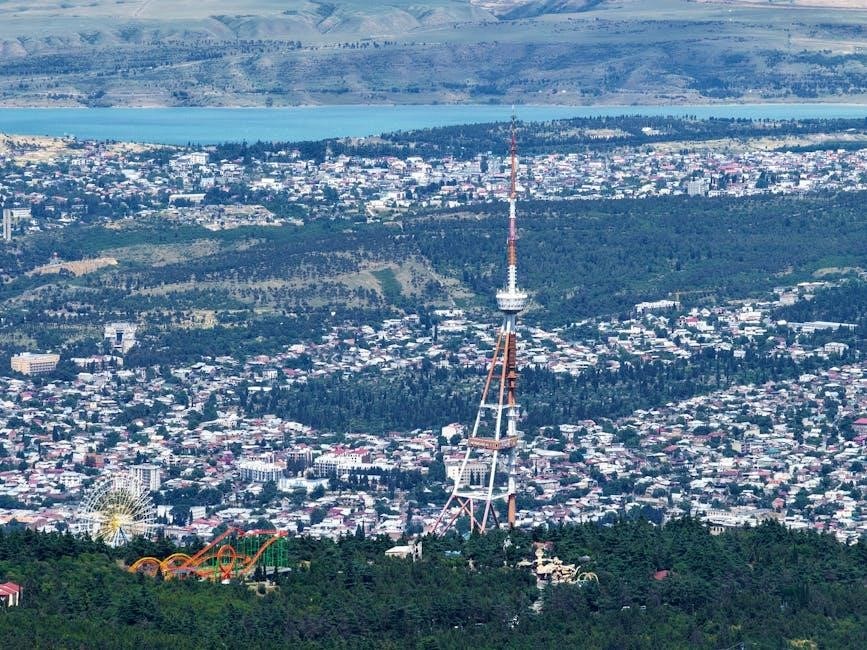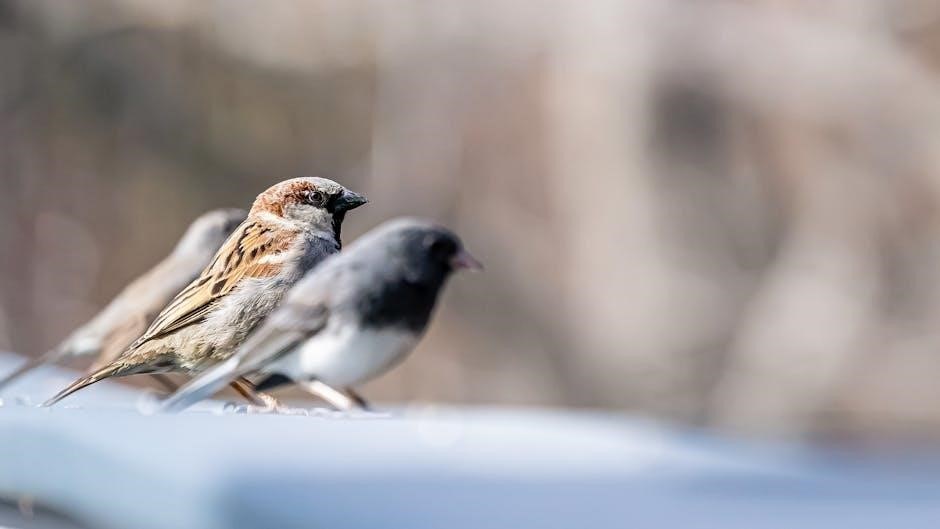Georgia offers a diverse and abundant array of wild mushrooms, thanks to its rich ecosystems and varied climate. This guide explores the state’s fungal treasures, providing insights into habitats, species, and safe foraging practices for enthusiasts and newcomers alike.
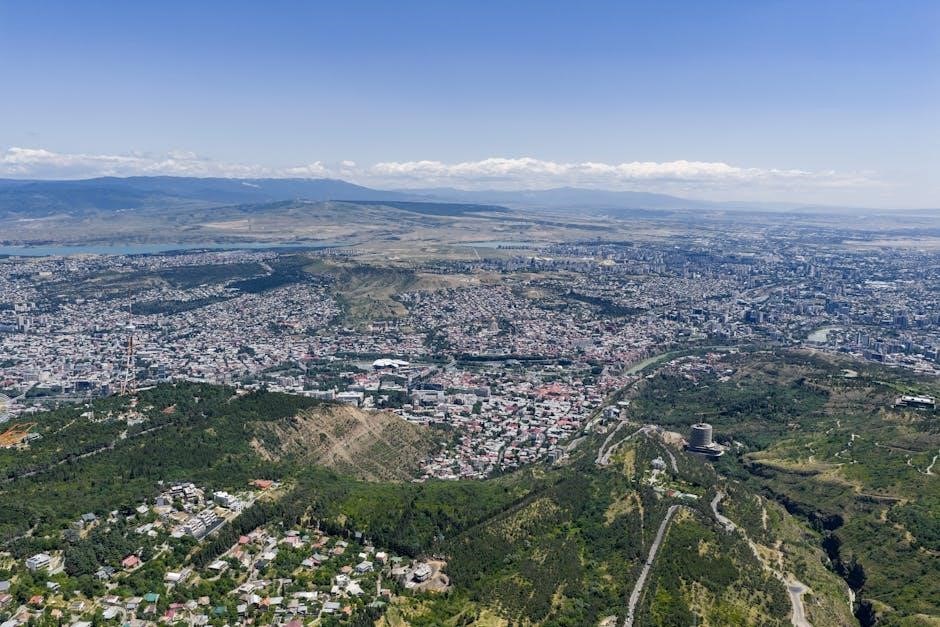
Habitat and Climate in Georgia
Georgia’s diverse climate and geography create ideal conditions for mushrooms. The state’s temperate zones, moderate rainfall, and varied elevations support a wide range of fungal growth. These factors, along with seasonal changes, make Georgia a rich habitat for both common and rare species.
Forests
Forests in Georgia provide some of the most fertile ground for mushroom growth. The state’s vast woodlands, including deciduous, coniferous, and mixed forests, offer a variety of habitats for fungi. Trees such as oak, pine, and maple create nutrient-rich environments where mushrooms thrive. The shaded, moist soil and decaying organic matter foster the growth of species like chanterelles, morels, and boletes. Seasonal changes also play a role, with spring and fall being prime times for foraging. Additionally, the symbiotic relationship between fungi and tree roots, known as mycorrhizae, is prevalent in these ecosystems, further enriching the diversity of forest mushrooms. For enthusiasts, Georgia’s forests are a treasure trove of edible and fascinating fungal specimens, making them a key destination for mushroom exploration.
Fields and Meadows
Fields and meadows in Georgia offer a unique environment for mushroom growth, particularly for species that thrive in open, sunlit areas; These landscapes, often characterized by grasses, wildflowers, and disturbed soil, provide ideal conditions for fungi like oyster mushrooms, meadow mushrooms, and horse mushrooms. The soil in these areas tends to be rich in organic matter, which supports the growth of various edible species. Additionally, fields and meadows are often less shaded than forests, allowing sunlight to promote the fruiting of certain mushrooms.
Mushroom foraging in fields and meadows can be rewarding, especially after rainfall, when moisture brings fungi to the surface. Areas with recently disturbed soil, such as plowed fields or meadows with grazing animals, are particularly promising. However, it’s important to be cautious, as some species found in these environments can be lookalikes for poisonous varieties. For instance, the destroying angel and death cap can sometimes appear in open spaces, making accurate identification crucial.
Fields and meadows also host a variety of grassland-specific fungi, such as puffballs and earthstars, which are often easier to spot due to their open habitats. These areas are also less likely to be densely populated with competing vegetation, making it easier for foragers to locate their targets. Overall, Georgia’s fields and meadows provide a diverse and accessible environment for mushroom enthusiasts to explore and discover new species.
Wetlands
Wetlands in Georgia, including swamps, marshes, and floodplains, provide a unique habitat for a variety of mushrooms. These areas, characterized by moist soil and standing water, support species that thrive in humid environments. Mushrooms like Leucocoprinus birnbaumii (flower pot mushroom) and certain Marasmius species are commonly found in these ecosystems. The consistent moisture and nutrient-rich soil create an ideal setting for fungal growth, especially during warmer months.
Wetlands often host mushrooms that decompose organic matter, such as decaying wood and plant material. Species like Armillaria mellea (honey mushroom) and Phyllotopsis nidulans (gilled wax cap) can be found in these areas, particularly near trees or submerged logs. The dense vegetation and damp conditions also attract fungi that form symbiotic relationships with plants, contributing to the biodiversity of these environments.
Foraging in wetlands requires careful navigation due to soft terrain and dense vegetation. Mushrooms in these areas can be hidden among grasses and aquatic plants, making them challenging to spot. Additionally, the humid environment can lead to rapid spoilage, so it’s important to harvest mushrooms promptly and handle them with care. Wetlands in Georgia offer a rewarding experience for mushroom enthusiasts willing to explore these unique habitats.
Common Edible Mushrooms in Georgia
Georgia’s diverse ecosystems support a wide variety of edible mushrooms, offering delicious options for foragers. Species like Chanterelle, Morel, and Oyster Mushrooms are prized for their flavor and texture. Whether you’re a beginner or an experienced forager, Georgia’s landscapes provide ample opportunities to discover these culinary treasures sustainably and safely.
Chanterelle Mushrooms
Chanterelle mushrooms are among the most sought-after edible fungi in Georgia, prized for their fruity, apricot-like aroma and peach-colored flesh. They typically grow in the state’s deciduous and mixed forests, associating with trees like oak, beech, and pine. Chanterelles fruit from late spring through summer, often in moist, shaded areas with rich soil.
These mushrooms are relatively easy to identify due to their unique, funnel-shaped caps with wavy, wrinkled surfaces. The gills are forked and run down the stem, giving them a distinctive appearance. Chanterelles range in size from 2 to 10 inches in diameter, making them a striking find for foragers.
Culinary enthusiasts adore Chanterelles for their rich, earthy flavor and firm texture, which holds up well in a variety of dishes. They are excellent sautéed, added to soups, or paired with creamy sauces. However, care is needed to avoid lookalikes, such as the poisonous Jack O’ Lantern mushroom, which can resemble Chanterelles but grows in clusters and has bright orange gills.
When foraging for Chanterelles in Georgia, focus on areas with abundant leaf litter and avoid over-harvesting to ensure sustainable growth. Their unique charm and culinary value make them a standout species in the state’s fungal landscape.
Morel Mushrooms
Morel mushrooms are among the most iconic and elusive fungi in Georgia, renowned for their unique, honeycomb-like appearance. These delicacies thrive in a variety of habitats, including wooded areas, old apple orchards, and burned or disturbed ground. In Georgia, they typically fruit in early spring, with the peak season occurring from late March to early May.
Morels are highly prized for their rich, earthy flavor and delicate texture, making them a favorite among chefs and foragers. They are often found near deciduous trees, such as ash, elm, and poplar, and in areas with moist, sandy, or loamy soil. The black morel (Morchella angusticeps) and the yellow morel (Morchella esculenta) are common species in the state.
Identifying morels requires careful observation, as they can resemble dangerous lookalikes like the poisonous false morel (Gyromitra esculenta). True morels have a hollow stem and a cap that is completely attached to the stem, unlike false morels, which have a stuffed or chambered interior. Foragers should exercise caution and consult experienced guides or field manuals to ensure safe identification.
Morels are a rewarding find for Georgia mushroom enthusiasts, offering a unique culinary experience. Their elusive nature and limited season make them a thrilling discovery for those willing to search diligently.
Oyster Mushrooms
Oyster mushrooms (Pleurotus ostreatus) are one of the most widely recognized and cultivated species in Georgia. Known for their delicate flavor and soft, velvety texture, they are a favorite among chefs and foragers alike. These mushrooms are easily identifiable due to their fan-shaped or oyster-shaped caps, which range in color from white to gray or even tan, and their short, stubby stems.
Oyster mushrooms thrive in a variety of environments, including deciduous and coniferous forests, where they grow on decaying wood. They are particularly common on trees like beech, maple, and pine. In Georgia, they can also be found in urban areas, such as on stumps, logs, or even mulched garden beds. Their ability to grow on a wide range of substrates makes them one of the most adaptable species in the state.
These mushrooms are prized for their mild, buttery flavor and versatility in cooking. They are often used in soups, stir-fries, and sauces, and their delicate texture makes them a great addition to many dishes. Oyster mushrooms are also known for their potential health benefits, including high levels of protein, vitamins, and antioxidants.
In Georgia, oyster mushrooms can be foraged year-round, but the peak season typically occurs in spring and fall. They are relatively easy to identify, but care should be taken to avoid lookalikes, such as the poisonous elm oyster mushroom (Pleurotus dryinus). As with any wild mushroom, proper identification is essential to ensure safety.
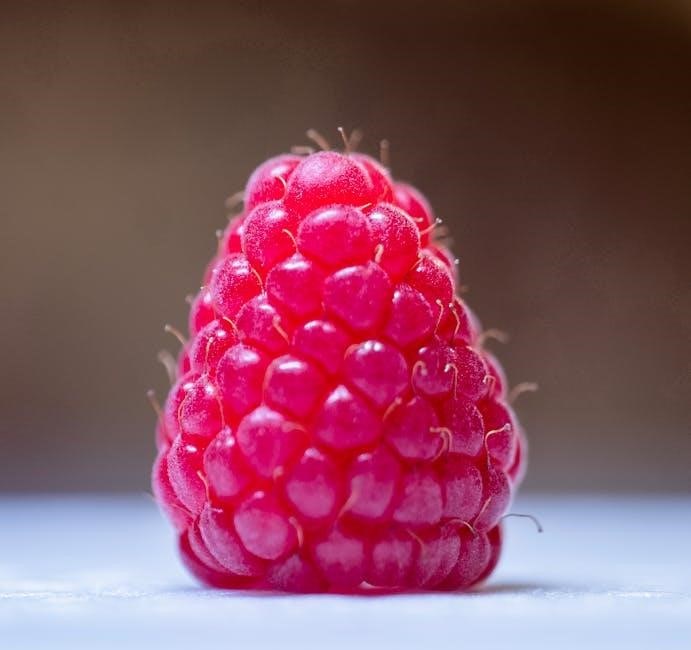
Oyster mushrooms are a fantastic choice for beginners and experienced foragers, offering a rewarding and delicious experience in the wild or in cultivation.
Safety Tips for Mushroom Foraging
Mushroom foraging in Georgia can be a rewarding experience, but it requires caution and knowledge to ensure safety. Always prioritize proper identification, as some species can be poisonous. Consult field guides, experts, or join a local foraging group to learn about edible mushrooms and their lookalikes.
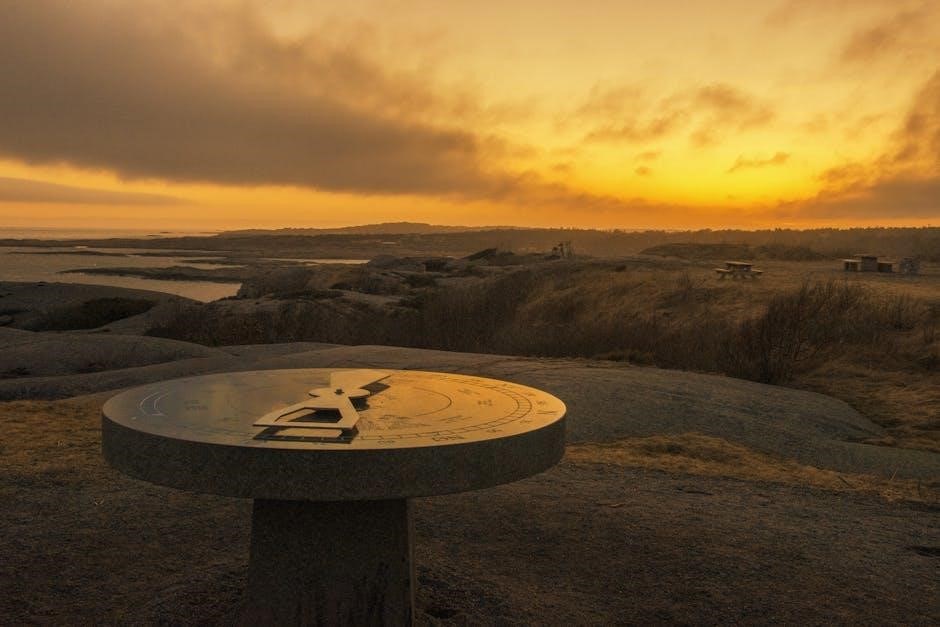
- Be aware of your environment: Avoid areas contaminated with pesticides, heavy metals, or pollution, as mushrooms can absorb harmful substances;
- Know the risks: Some mushrooms, even edible ones, can cause allergic reactions or interact with medications. Start with small quantities to test your tolerance.
- Use proper tools: Carry a knife, basket, and field guide to handle and identify mushrooms correctly.
- Cook before eating: Many wild mushrooms, including oyster mushrooms, should be cooked to break down potentially harmful compounds.
- Time management: Spend enough time in the field to ensure accurate identification and avoid haste, which can lead to mistakes.
- Check local regulations: Some areas may have restrictions on foraging in certain parks or protected lands.
- Stay informed: Keep track of weather patterns and seasonal changes, as they can affect mushroom growth and safety.
By following these guidelines, you can enjoy the thrill of mushroom foraging while minimizing risks. Remember, safety always comes first when exploring Georgia’s wild mushrooms.
